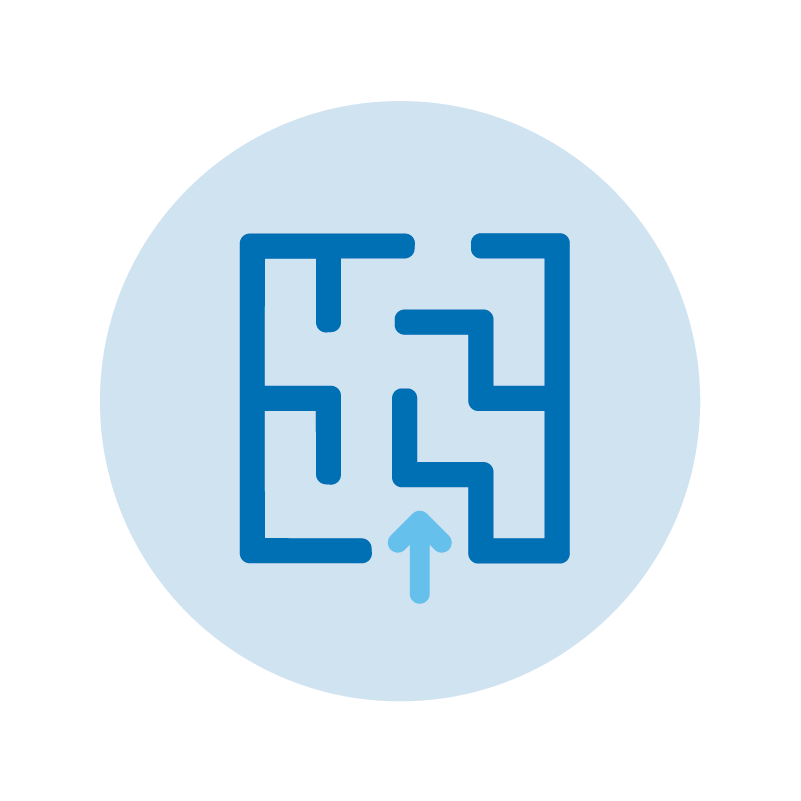Responding to emerging drug trends
A lack of information around who’s taking what means a more public-health focused approach is needed to prevent rising deaths from drug misuse

STRATEGY
Image: Istock

David Gill
Managing Director, Risk & Resilience
Xxxxx Xxxxxxxx
xxxxxxxxxxx


Xxxxx Xxxxxxxx
xxxxxxxxxxx
Issue 65 | April 2023
Drug use is constantly changing. For casual observers, however, this rapid shift could easily be missed. We still, for example, use the Misuse of Drugs Act from 1971 as our legal framework and response to illicit substance use. Other than The Psychoactive Substances Act 2016 (which aimed to stop the creation and production of so-called legal highs – with limited success), there has been a lack of further legislation.
We currently have a limited understanding of just how many people are using what. This is highlighted by four specific challenges:
01
Drug-related deaths
In 2021, England and Wales had a record 4,859 poisoning deaths, which was an increase of 28 on the previous year. However, 25.1% of deaths had no drug type recorded on their death certificate. Records only mention “drug overdose” or “multiple drug toxicity”.
02
Drug recording
Drug services are required to record people’s use through the Treatment Outcome Profile (TOPs) form for the National Drug Treatment Monitoring System (NDTMS). If someone is not using alcohol, opiates (such as heroin), crack, cocaine, amphetamines, cannabis, or tobacco, it simply gets logged in the ‘other’ category. Considering the EMCDDA (European Monitoring Centre for Drugs and Drug Addiction) has identified over 860 new substances since 1997, this is a lot to squeeze into one box.
03
COVID-19
For many individuals during the pandemic, their substance of choice was either unavailable or only available in reduced quantities, so they turned to whatever they could obtain. This led to an increased use in illicit and exceptionally powerful benzodiazepines that had limited or no medicinal qualities.
04
A saturated market and limited testing
Too many unknowns of who is using what. There is an organisation called WEDINOS (Welsh Emerging Drugs and Identification of Novel Substances) which tests unknown samples of illicit substances sent to them. In December 2022 for example, just 48% of samples submitted as diazepam actually contained the substance.
03
COVID-19
For many individuals during the pandemic, their substance of choice was either unavailable or only available in reduced quantities, so they turned to whatever they could obtain. This led to an increased use in illicit and exceptionally powerful benzodiazepines that had limited or no medicinal qualities.
04
A saturated market and limited testing
Too many unknowns of who is using what. There is an organisation called WEDINOS (Welsh Emerging Drugs and Identification of Novel Substances) which tests unknown samples of illicit substances sent to them. In December 2022 for example, just 48% of samples submitted as diazepam actually contained the substance.
Government drug strategy
The government launched its new drug strategy, From Harm to Hope, in December 2021, which has provided £900 million in new funding, with £533 million promised to treatment services over three years.
Although the funding is welcome, the strategy makes no reference to taking a more public health-focused approach. To address this shortfall, services can choose to carry a message of public health and harm reduction. This could focus on the following aspects:
- Effective harm reduction: reminding people what they are taking may not be what they think it is. A key message of “go low, go slow” must be prioritised.
- Naloxone for opioid users: Naloxone is a lifesaving medication for opioid users and training and awareness of this must be prioritised for frontline staff working with service users with substance use challenges. It is especially needed in the current climate when heroin can be cut with very powerful synthetic opioids, such as fentanyl and isotonitazene which can be far stronger than heroin.
- Drug testing: services should explore how they can embed routine testing into their service provision to build a true picture and be proactive around upcoming – and dangerous – new trends.
- Screen people by route of administration: rather than listing all known substances, we should screen by route of administration to create a more accurate picture of use. For instance: “Do you smoke anything? Do you take any pills? Do you inject anything?”
- Embrace the unknown: it is impossible to understand the 860-plus substances that exist and focusing on this can be deskilling for services. Instead, we can simplify it by responding by drug family type, such as through using a model called the Drugs Wheel (see diagram). Having a key understanding of just six families increases competency and proactive engagement with service users.
Despite the constant change in drug use, we can better prepare in our response so that limited resources are maximised.
For more information, visit Risk and Resilience Training and Consultancy
4859
Record number of poisoning deaths recorded in England and Wales in 2021
25.1%
of these deaths had no drug type recorded on the death certificate
860
new illicit substances identified since 1997
48%
of samples submitted to WEDINOS as diazepam actually contained the substance


